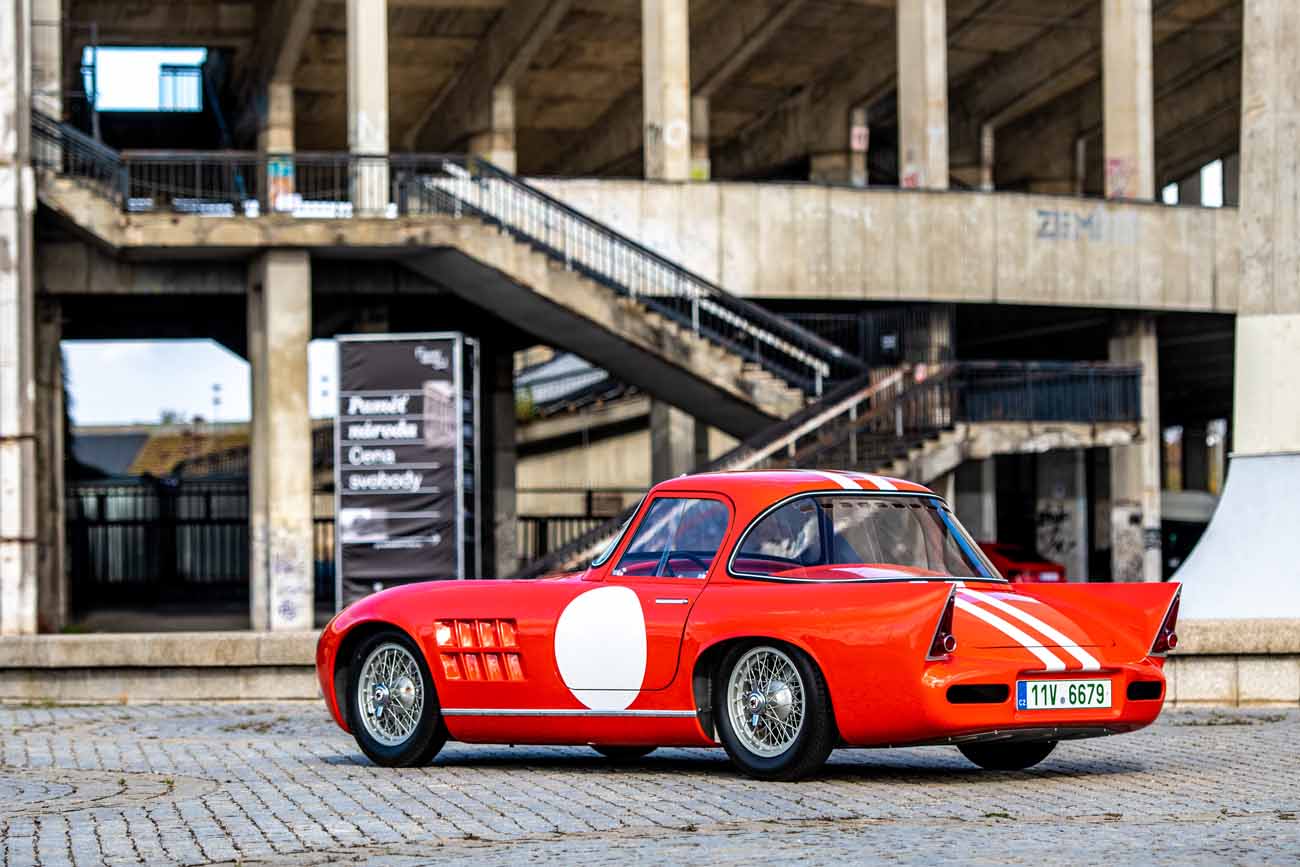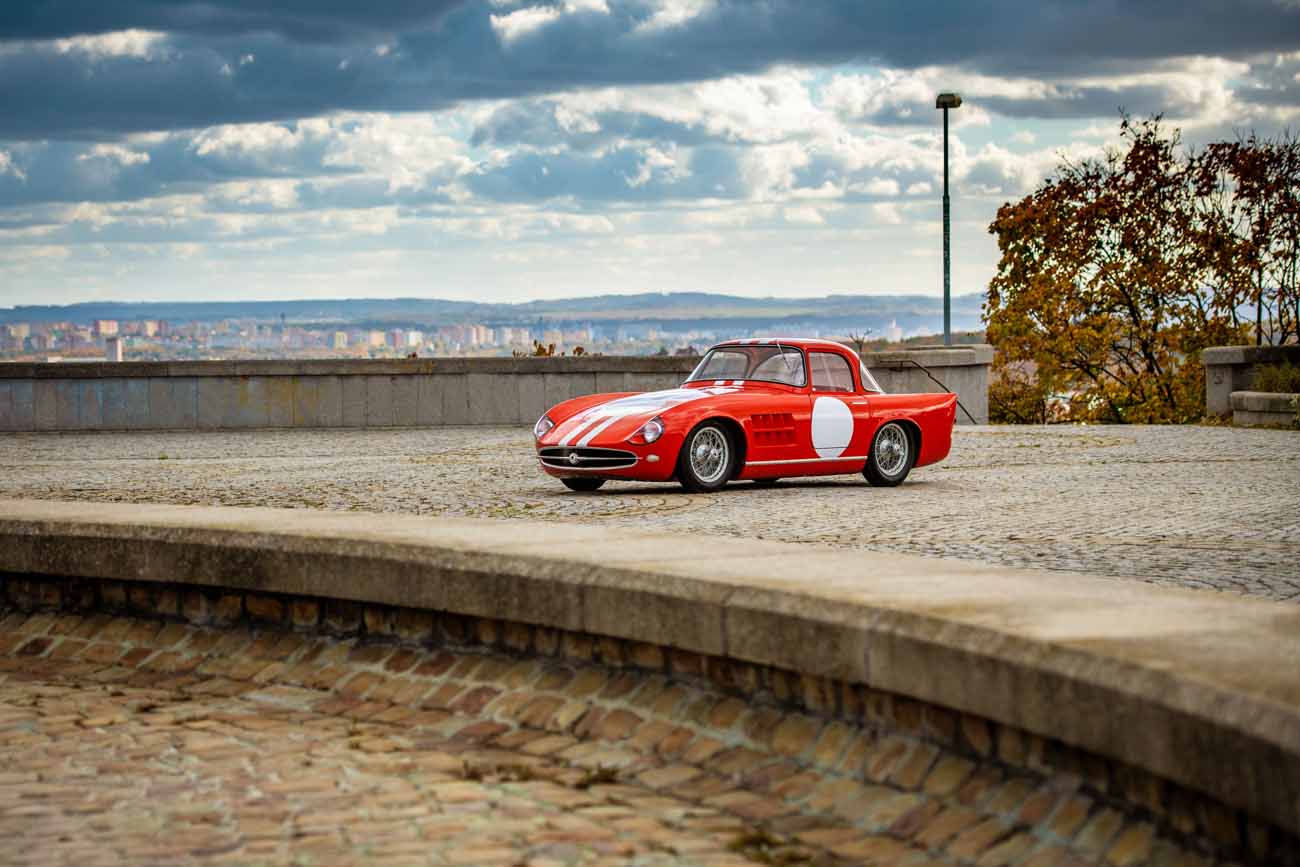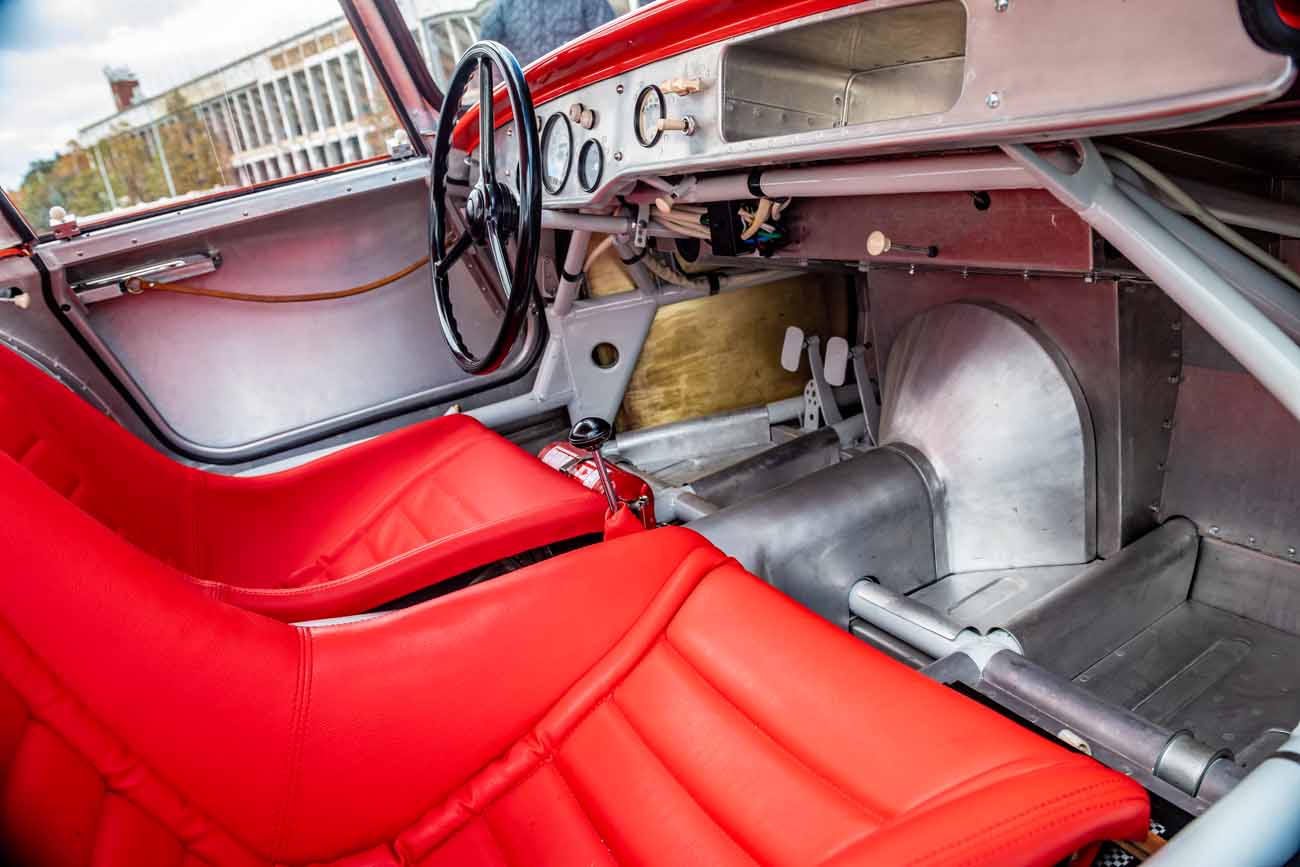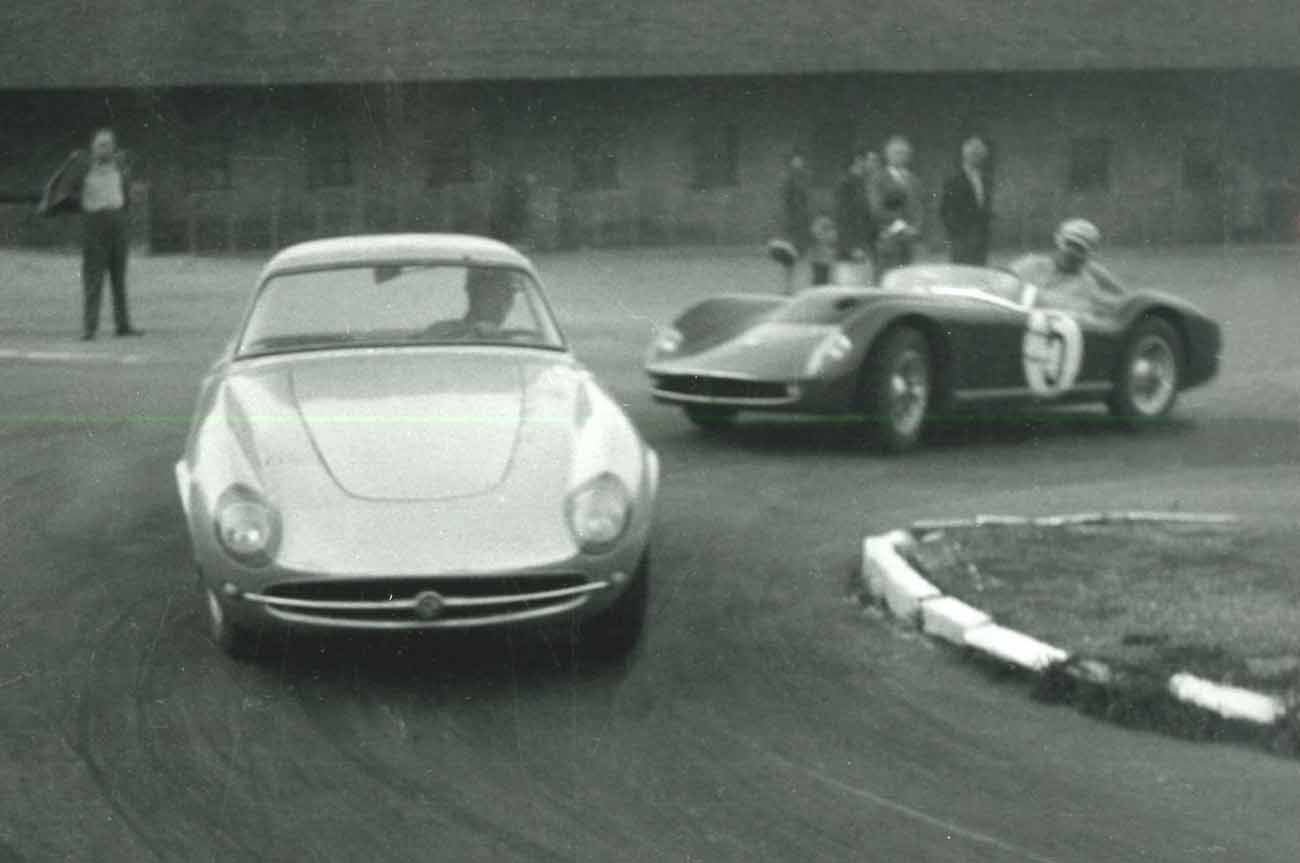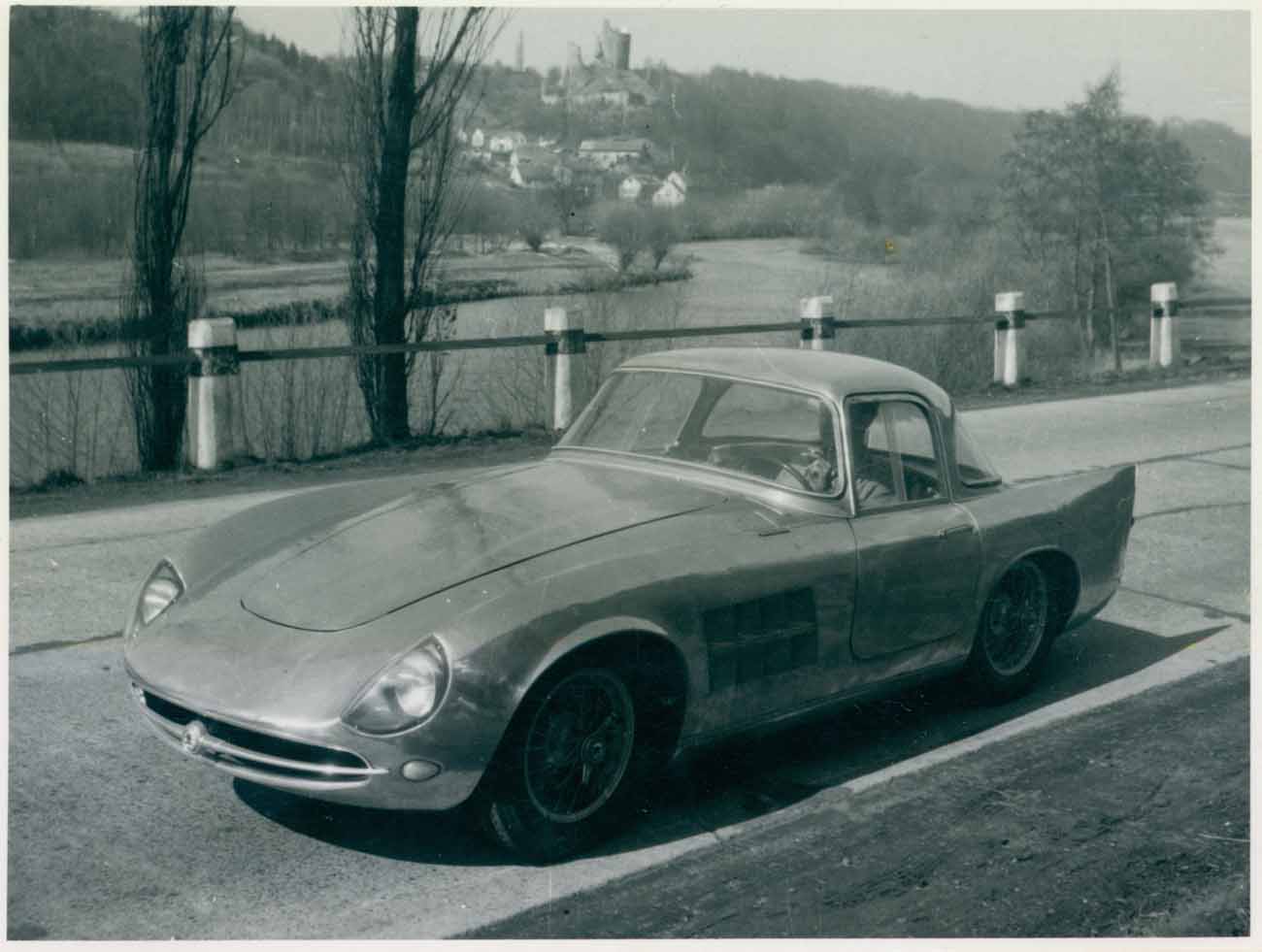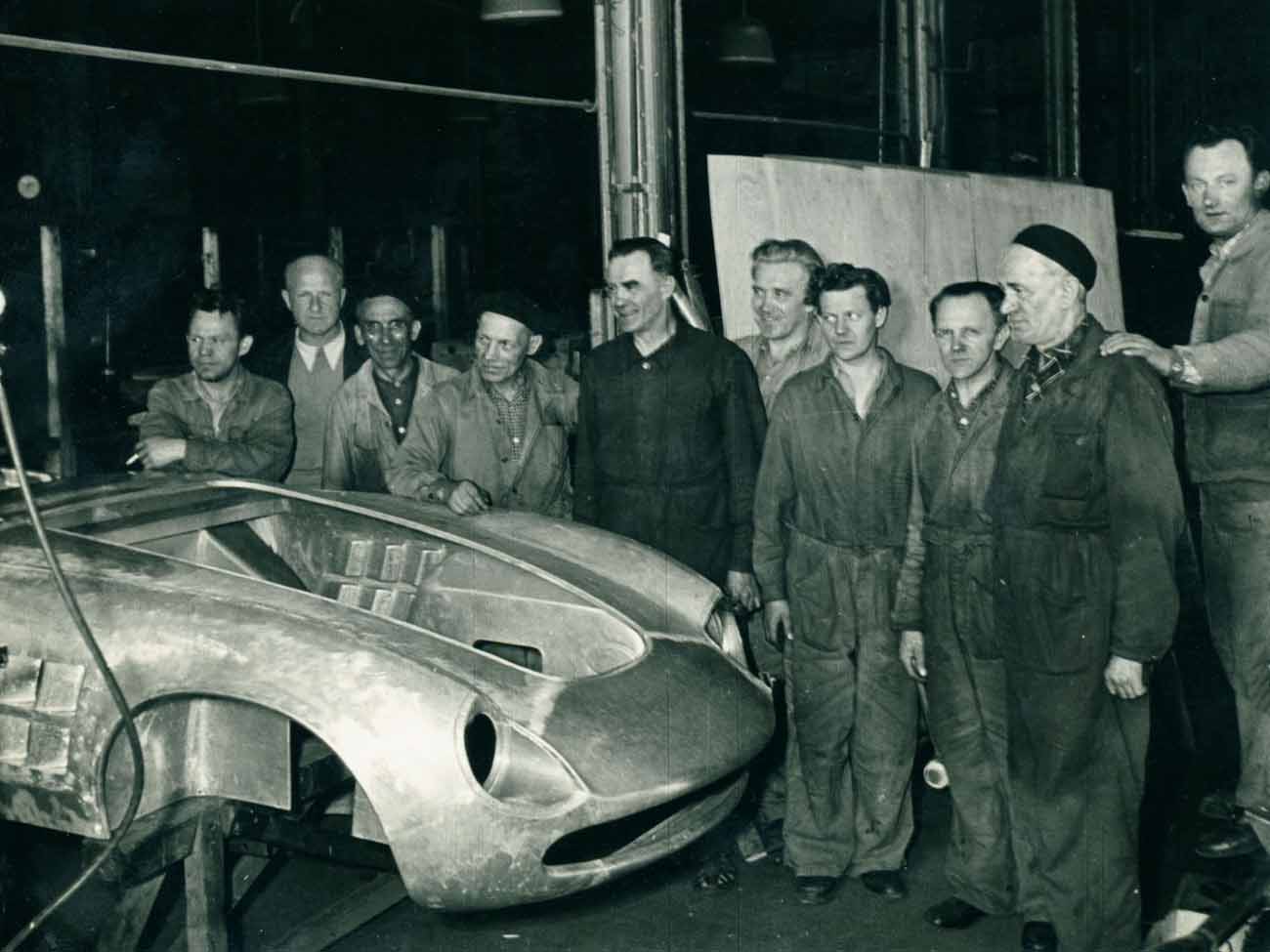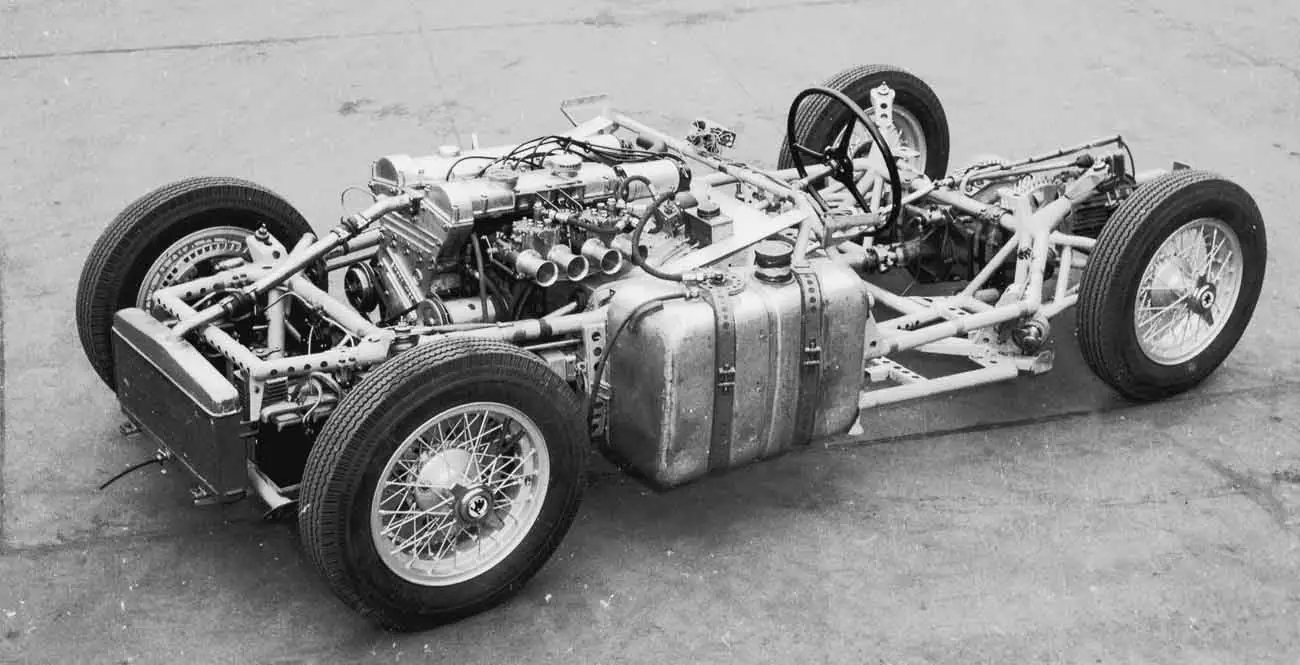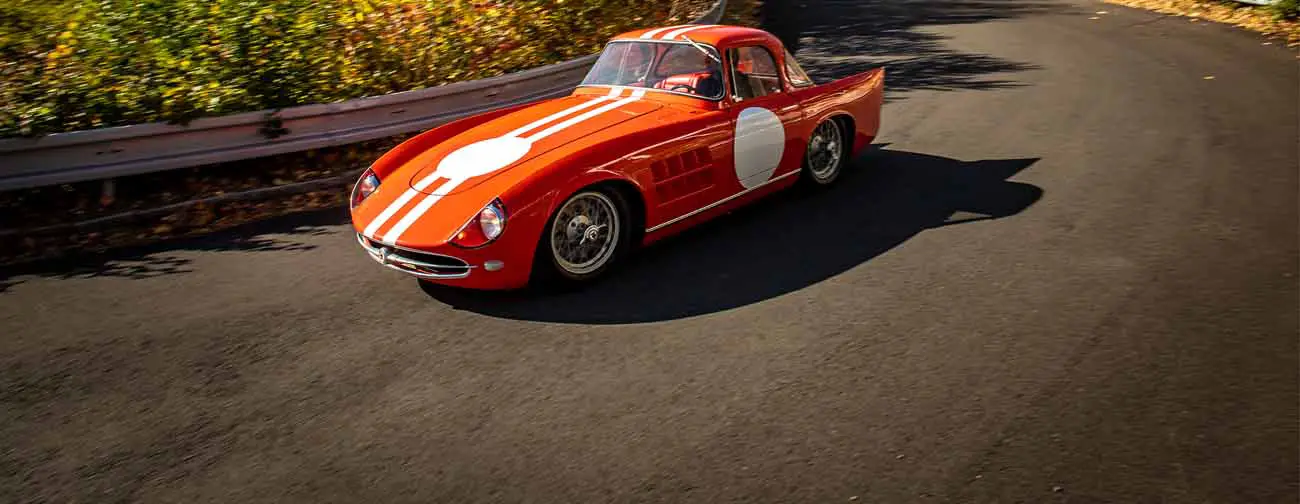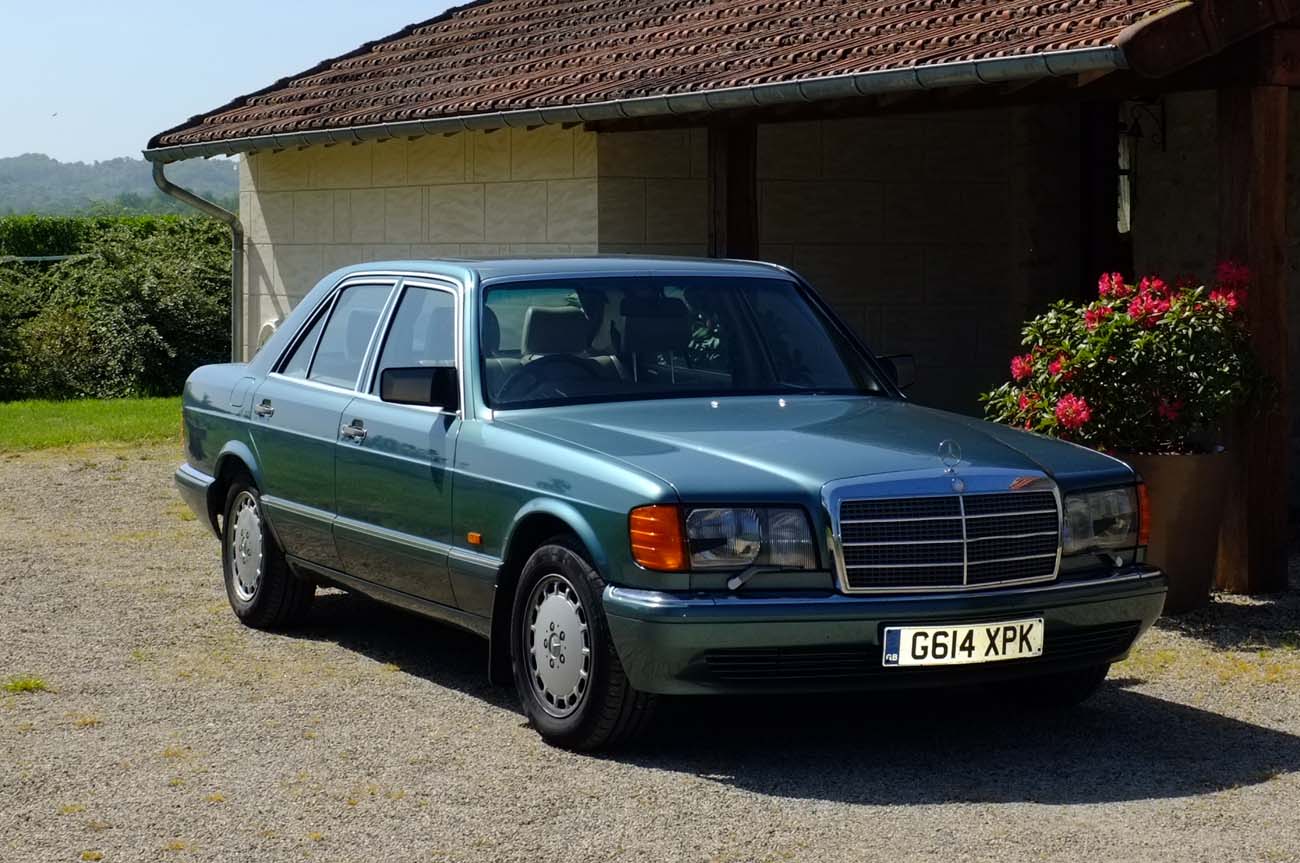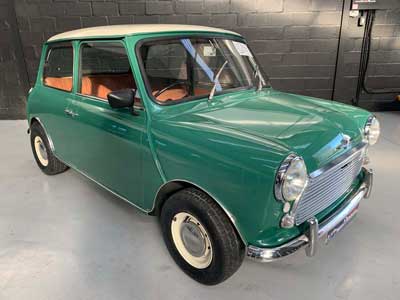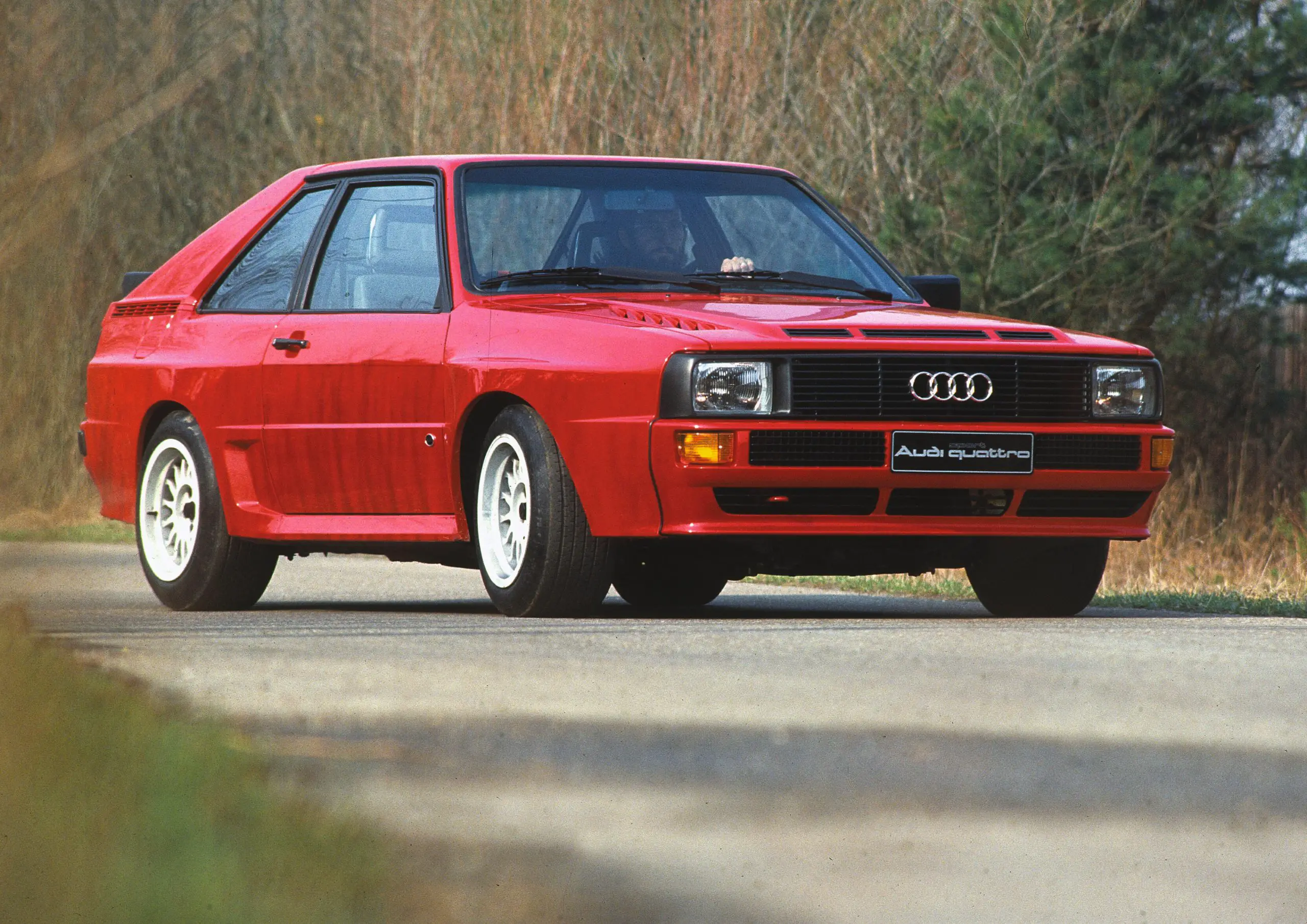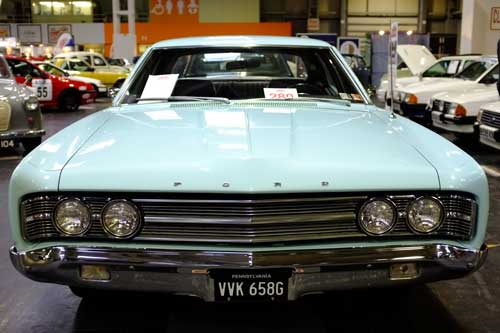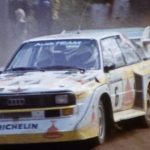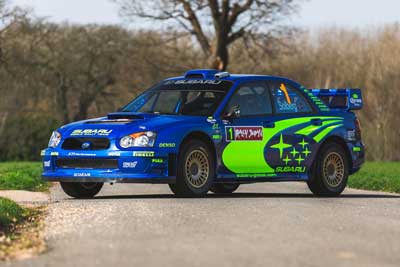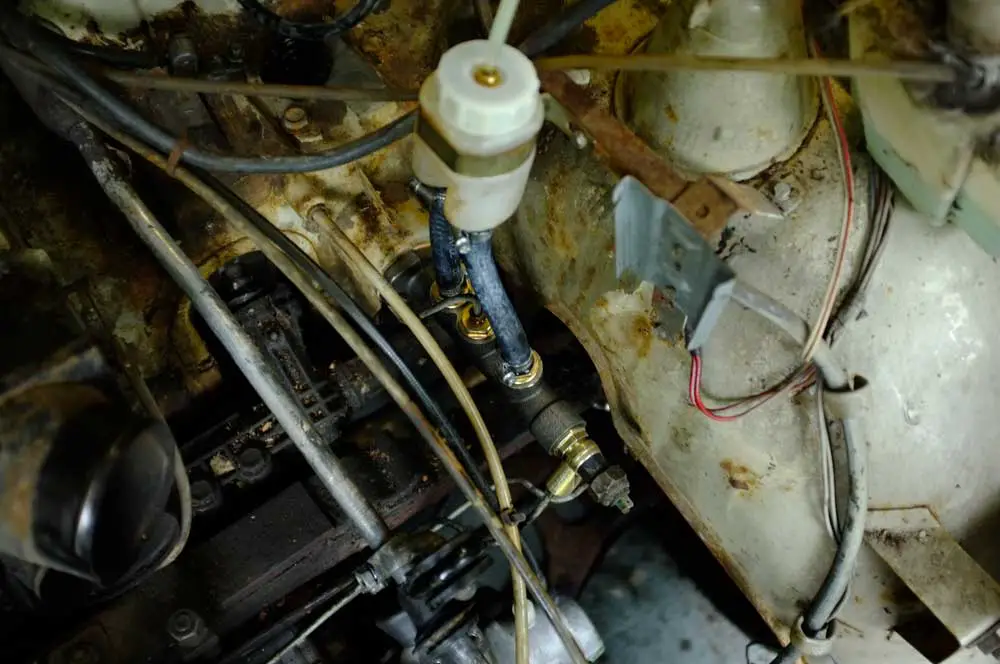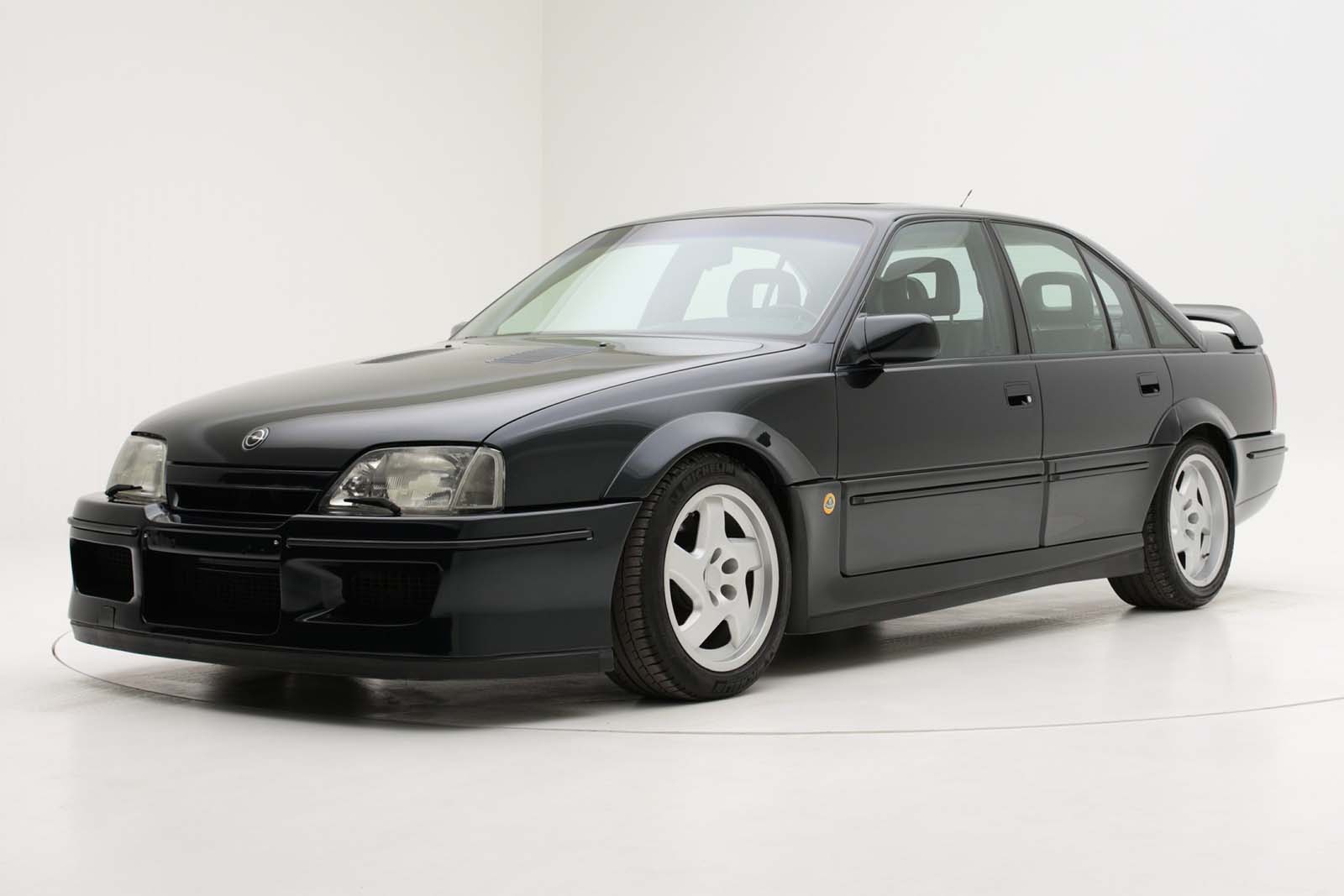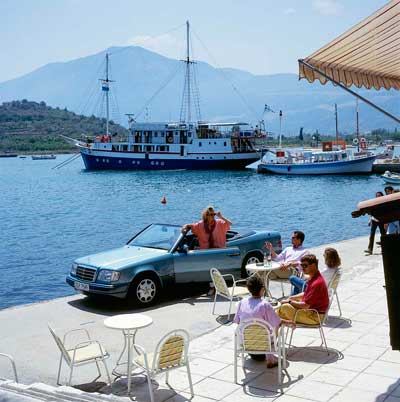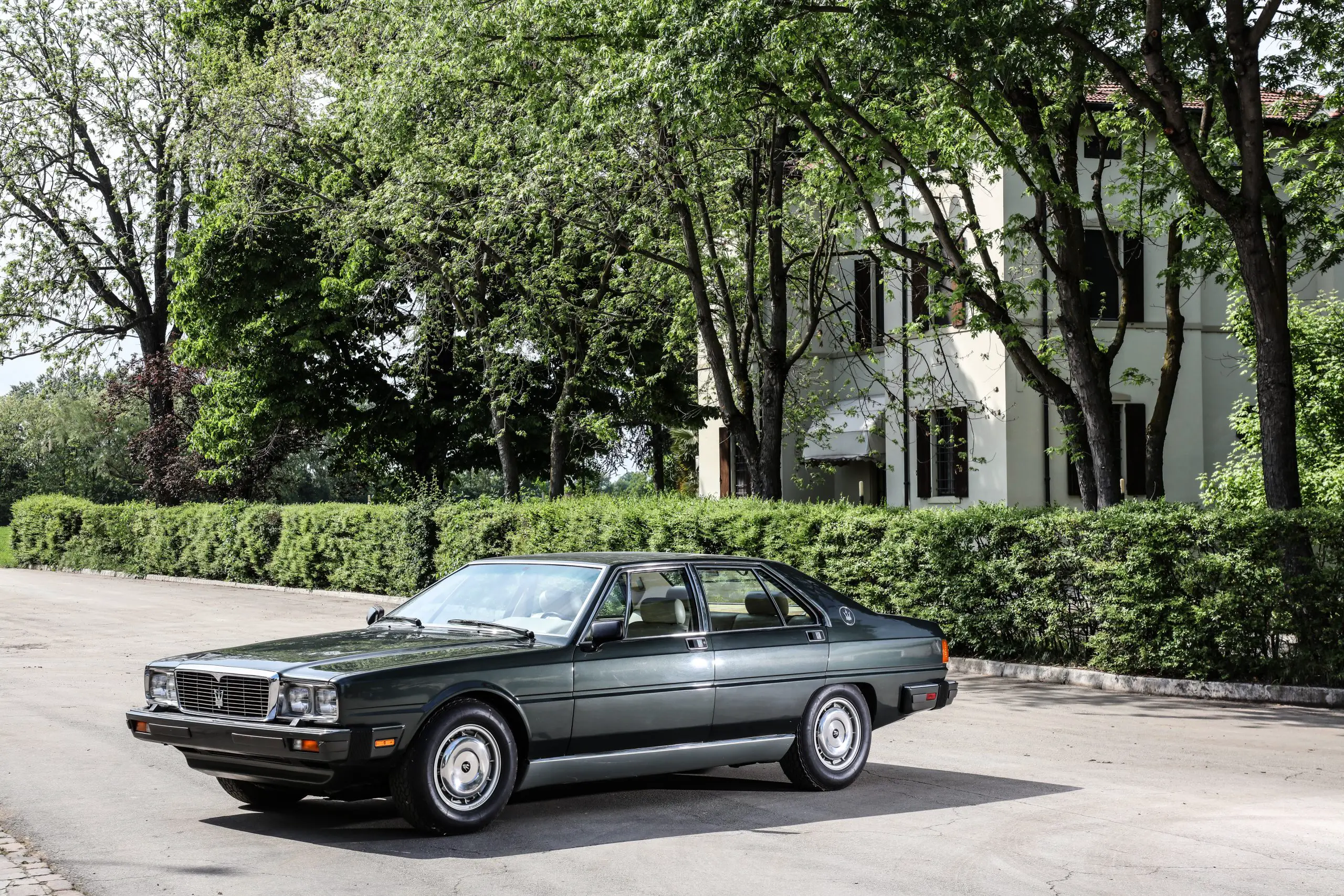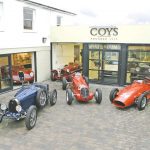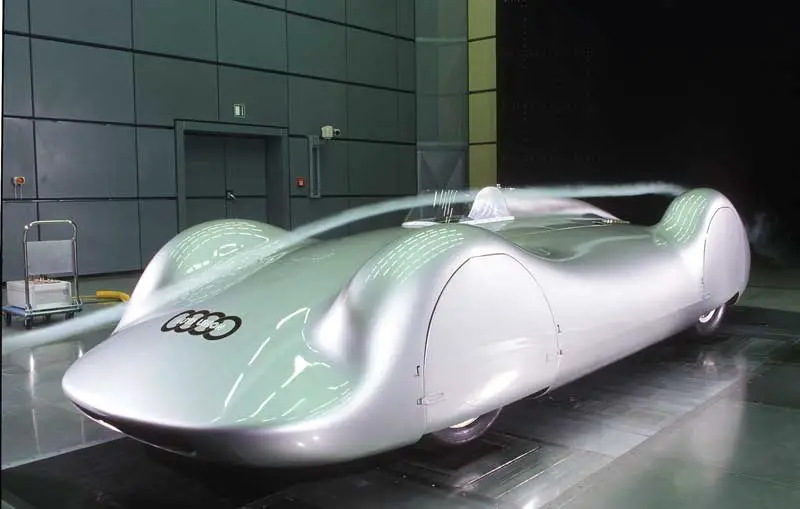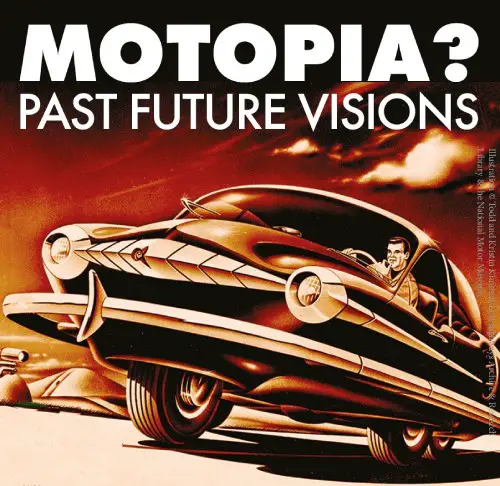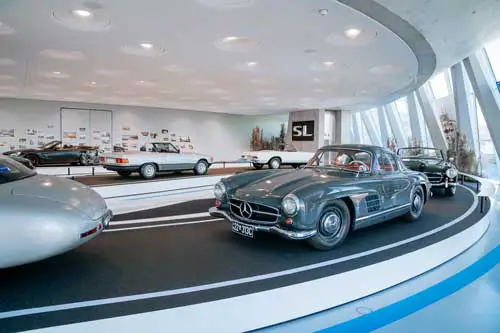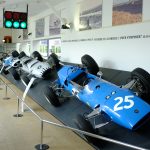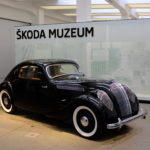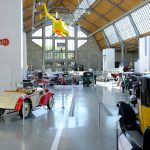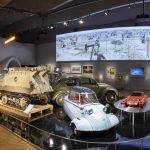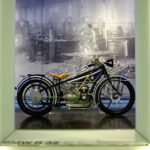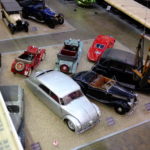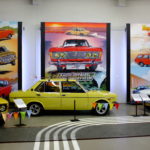
ŠKODA Reconstruct The 1100 OHC Coupé To Celebrate 120 Years Of Motorsport
The recreation of the ŠKODA 1100 OHC Coupé is a big deal for the Czech manufacturer as it represents 120 years of motorsport in the company. The small car took on endurance circuit racing in 1960 for two seasons before being outlawed with rule changes.
Sadly, neither of the two cars ŠKODA built survived and to celebrate their 120th anniversary they painstakingly recreated one of them.
They used traditional manufacturing techniques from the period in conjunction with the latest technology to reconstruct the car as closely as possible to historical documentation.
Beginning with an original 1100 frame, employees from the ŠKODA Museum and ŠKODA AUTO’s Prototype Centre reconditioned it along with a chassis and engine. The bodywork was unique to the original two closed cars and differed greatly from the open top car from 1957, which lives in the factory museum.
The car was planned to compete in endurance circuit races began in the spring of 1956. By the end of 1957 there were two open top GRP bodied cars completed, one of them is in the ŠKODA Museum and regularly competes in national and international classic car events. The other one is part of ŠKODA UK’s heritage fleet.
The type 968 project continued to receive development and in 1959 to 1960 the designers created the closed cockpit car. Using components from tired and tested production models. But unlike the ŠKODA SPORT and SUPERSPORT, which were created at the end of the 1940s type 986 didn’t use the central tube chassis with front mounted forks to hold the engine. This time the 1100 OHC Coupé used a light weight but rigid truss frame which was welded together from thin walled tubes. Trapezoidal suspension units hung from this, using two triangular wishbones positioned one over the other. A coupling axle with trailing arms was used in the rear.
Having the engine located behind the front axle helped with weight distribution with the assembly unit consisting of the rear differential and five speed gearbox giving that near perfect 50:50 balance. This gave the car excellent handling characteristics.
The engine was a naturally aspirated four cylinder unit with a cylinder block and crankcase made from aluminium and were derived from the ŠKODA 440 ‘Spartak along with the crankshaft. The power output far exceeded the 40 hp, 29.4 kW, at 4,200 rpm of the Spartak. The optimised combustion chambers with the OHC and a compression ratio of 9.3:1 and two carburettors and double dynamo battery ignition saw the 1100 produce 92 hp, 67.7 kW at 7,700 rpm. It could even hit 8,500 rpm in short bursts. That’s 85 hp per litre which is extremely impressive for the period.
The gearing could be adjusted for each racetrack and the car could be set up to reach a maximum of 200 km/h. the little two seater with its aluminium body only weighed 550 kg and this gave it decent acceleration too. Dual circuit brakes all round gave good stopping power too, and to reduce the unsprang mass, the rear drums were mounted inboard on the differential.
The racing careers of the two ŠKODA 1100 OHC Coupés was short lived and lasteed just two years. Back then it was common for cars to be used for quite a bit longer than today in top line motorsports. The changes to the competition rules meanth that they were no longer able to compete, the new technical regulations removed the under 1,100 cm3 category.
In 1966 they were sold to private buyers and they were both soon destroyed in road accidents. The owner of the first Coupé re-used the surviving components with a replacement production four cylinder with over head valves, OHV, from a Felicia. The original engine went on display for a long time in the apprentice school in Mladá Boleslav before finally being installed in the reconstructed 1100 OHC Coupé.
The driver survived the accident, but the aluminium body didn’t. The car was dismantled and the one of a kind rear axle with the integrated gearbox was saved and became part of the collection of the National Technical Museum in Prague before being donated to the ŠKODA Museum.
The ŠKODA Museum also acquired the truss frame, which for some reason had been cut into three parts. They also secured the complete front axle and other surviving parts from a private collector in 2014. This project was a long time in the making.
The recreation of the 1100 OHC Coupé was very ambitious. It would not have been possible without the experts from the ŠKODA Museum and their previous experience of working on the open 1100 OHC.
The original technical documents played a key part in the project, allowing the team to follow the original design. Thankfully they have been preserved in the archives and contained detailed explanations of each of the production sections and an explanatory drawing for the installation of each assembly.
The original mechanical components showed very little signs of wear as the car had only competed in a few races. The chassis was fully renovated with a new radiator, fuel tank and a few other of the missing components. These were completed at the end of 2015.
The original plan was to display the chassis in the ŠKODA Museum next to the open-bodied car, but the decision was taken to reconstruct the Coupé and re-use as much of the components as they could.
Of course, the most challenging part of the build was to reconstruct the aluminium body designed by Jaroslav Kindl who was the ŠKODA factory designer. The carpenters at the time built a wooden model and they metal workers hammered out the aluminium panels by hand. These were then welded or riveted together.
During the reconstruction, the ŠKODA Museum team worked with the Prototype centre at ŠKODA Auto. Using 2D scans of the original 2D drawings with a 1:1 scale a three dimensional grid was created and post processed to give a 3D representation of the vehicle. The shapes were examined in detail and corrected, two key areas were the front and the areas around the rear lights.
These models were compared to period photographs and sketches where the team were able to view the car from all sides in a virtual studio.
Miniatures were produced which were followed by models of the front and rear body corners on a 1:1 scale.
Finally, after expert appraisal, all necessary adjustments made and the final approval, the engineers started to work on the partition walls, wheel arches and other parts of the body.
The body was made from 0.8 mm and 1 mm thick aluminium sheets. Each one was manually welded and beaten into shape. Originally, both of the Coupés were unique, featuring an anodised finish. But on track this choice of surface finish didn’t demonstrate any benefit. So, both of the cars were painted red during the middle of the final 1962 season.
To complete the recreation project many of the smaller components needed to be sourced that were identical to the production parts used. The outer door handles were, for example, from the ŠKODA 1200 Sedan and some of the switches and ignition lock were used in the ŠKODA 440 Spartak and the Octavia. The ŠKODA Popular provided the three spoke steering wheel.
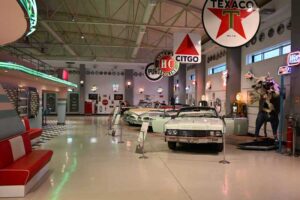
Ural Ataman Classic Car Museum – Istanbul, Turkey
This has to be one of the nicest private collections I have seen, the Ural Ataman Museum in Istanbul, turkey has not only a wide
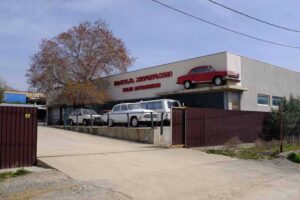
Tbilisi AutoMuseum Car Museum – Georgia
You may not have heard of this, but the small car museum in Tbilisi Georgia really has quite a lot to see. Buried in an
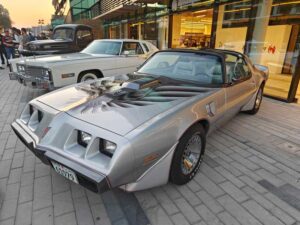
Bahrain Bike Week Classic Car Show December 2024
Bahrain Bike Week is the biggest event of its kind in the Middle East and the 2024 one was no exception. It’s not just the
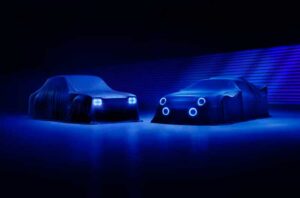
Ford Motor Company Bring Back Group 5 Mk1 Escort & Group B RS200 With The Help Of Boreham Motorworks
Ford have granted a licence to Boreham Motorworks, a division of the DVRN Automotive Group, to produce new versions of not just the Mk1 Escort

The VW Golf At 50 Years Old
Europe’s number 1 selling car the VW Golf has reached 50 years old this year, starting production on the 29th of March 1974. In
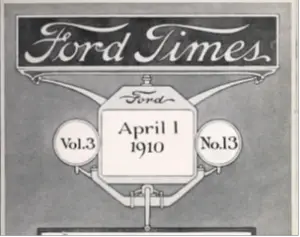
Ford’s Heritage Vault Makes The Ford Times Magazine Available To The Public
Ford’s expansion through the early 20th century was something to behold, the rapid growth of the company and the success of the Model T led
